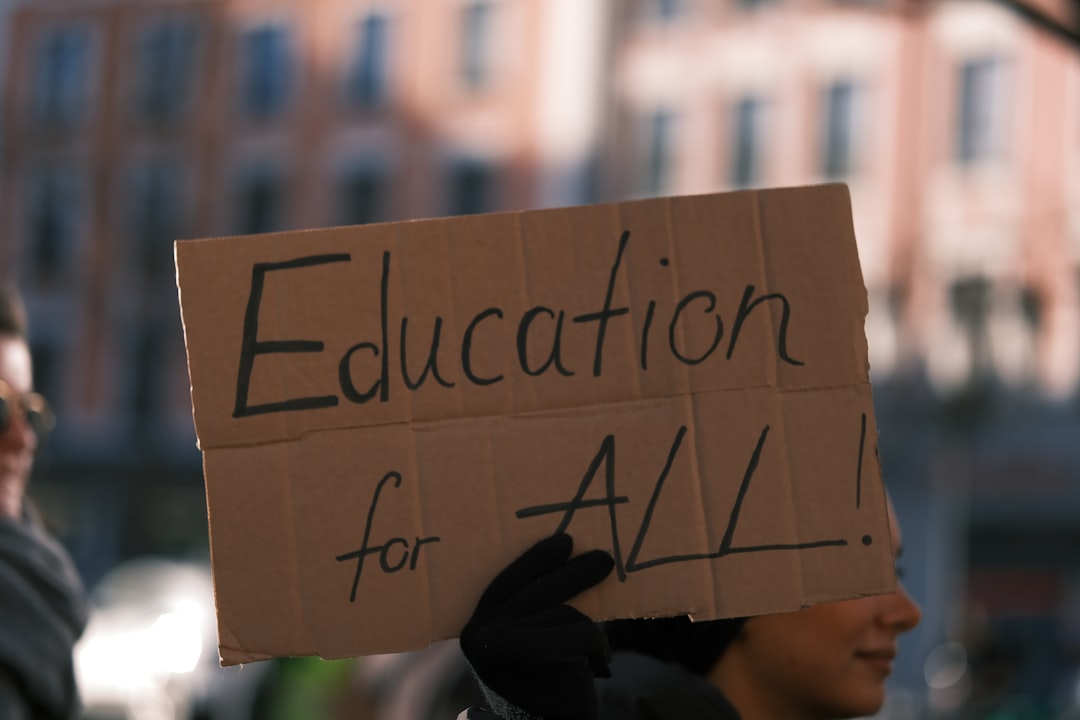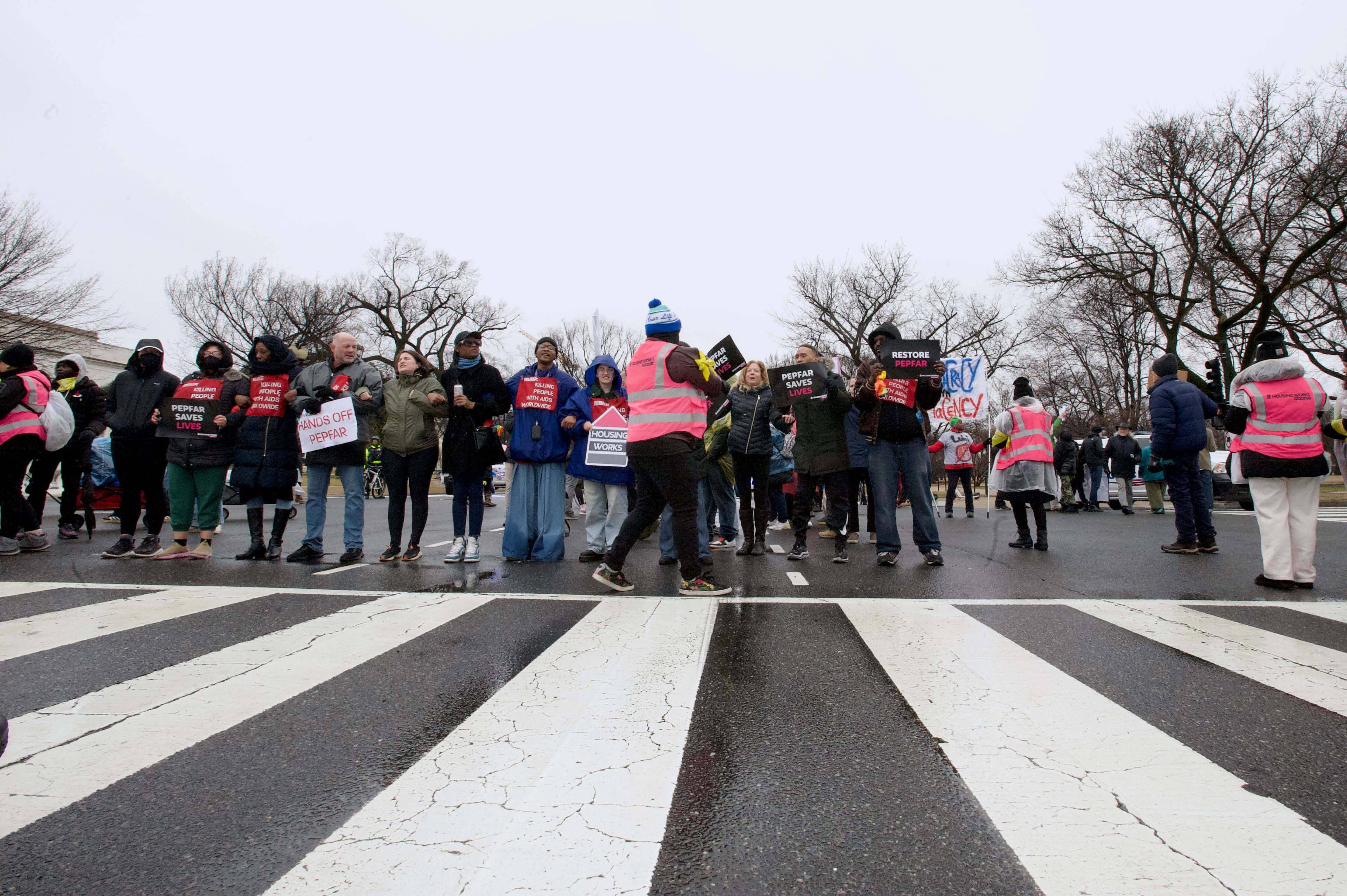Education Funding Freeze Sparks Multi-State Legal Action

The Trump administration first notified states it was withholding previously approved funds for migrant education, before- and after- school programs and more, triggering immediate backlash from state officials. The frozen funds include grants that pay for a wide range of programs for schools, including migrant education, before- and after- school programs and services for English language learners. The largest pot of grant money consists of roughly $2.2 billion for professional development for educators. Other states that joined the lawsuit include New York, Colorado, Massachusetts, Arizona, Kentucky and Pennsylvania. Schools across the nation suddenly found themselves in impossible financial situations, with some districts having already signed contracts for the upcoming year.
Transportation and Disaster Relief Funding Under Threat

A coalition of 20 state Democratic attorneys general filed two federal lawsuits on Tuesday, claiming that the Trump administration is threatening to withhold billions of dollars in transportation and disaster-relief funds unless states agree to certain immigration enforcement actions. According to the complaints, both Secretary of Homeland Security Kristi Noem and Transportation Secretary Sean Duffy have threatened to cut off funding to states that refuse to comply with President Donald Trump’s immigration agenda. Similarly dire predictions accompany the loss of security and disaster funds, which includes $3 billion in FEMA money to states each year, according to the lawsuit against DHS. Rhode Island received more than $45 million in FEMA grants in 2024 alone, according to the lawsuit. These funding cuts could affect critical infrastructure projects, including bridge repairs and airport construction that communities desperately need.
Sanctuary Cities Battle Federal Funding Cuts

Thirty-four cities and counties, including Chicago and Los Angeles, have asked to join a California lawsuit seeking to stop the Trump administration from cutting federal funding based on sanctuary policies that limit cooperation with the administration’s mass deportation agenda. A federal judge in California on Thursday barred the Trump administration from denying or conditioning the use of federal funds to “sanctuary” jurisdictions, saying that portions of President Donald Trump’s executive orders were unconstitutional. US District Judge William Orrick issued the injunction sought by San Francisco and more than a dozen other municipalities that limit cooperation with federal immigration efforts. The battle over sanctuary city funding has become one of the most heated legal confrontations between state and federal authorities.
Health Data Sharing Triggers Privacy Lawsuits

Twenty states, led by California, sued the Trump administration Tuesday after federal health officials shared sensitive data about Medicaid recipients with the Department of Homeland Security, which oversees immigration enforcement. “It has been widely reported that the Department of Government Efficiency (DOGE) has been amassing federal benefit data, such as Social Security recipient information, and individuals’ tax information, to build a searchable database of Americans’ information for several purposes, including to assist ICE in immigration enforcement actions,” the lawsuit said. This unprecedented data sharing has raised alarm bells about privacy violations and the potential misuse of sensitive health information. Critics have raised security, privacy and legal concerns about the effort, and there are more than a dozen federal lawsuits against the administration alleging privacy law violations.
Medicaid Cuts Drive Massive State Opposition

Recent changes to the bill would cut roughly $1.1 trillion in health-care spending over the next decade, according to new estimates from the nonpartisan Congressional Budget Office. The CBO estimates that the current version of the bill would result in 11.8 million people losing health insurance by 2034, with the majority of those people losing Medicaid coverage. For example, New York expects to receive approximately $60 billion in Medicaid funding this year, covering care for seven million residents. If the freeze extends, states could be forced to cut services, delay payments to health care providers, or find alternative funding sources, potentially jeopardizing access to care for millions of Americans. States now face an impossible choice between cutting essential services or finding alternative funding sources that simply don’t exist.
Rural Hospital Closures Loom Large

“You’re going to see closures of rural hospitals that are the backbone of their community and were already struggling financially. You’re going to see half a million job losses,” Mensik Kennedy said. She said pregnant women in rural areas could be forced to drive 30, 40 or more miles to deliver a baby, while emergency medical services could have to drive an hour to reach a patient having a heart attack. The average operating margin for rural hospitals was 3.1 percent in 2023, with 44 percent of rural hospitals operating with negative margins. As a result, more than 300 rural hospitals are currently at “immediate risk” of closure, especially now that the OBBBA is projected to cut Medicaid spending by $1.02 trillion. The human cost of these closures extends far beyond statistics, affecting real families in small communities across America.
Federal Asylum Processing Blocked by Courts

In a 128-page decision, U.S. District Judge Randolph D. Moss invalidated a proclamation that President Donald Trump signed on his first day in office that declared an “invasion” on the border and invoked emergency presidential powers to deport migrants without allowing them to apply for asylum. Illegal crossings at the U.S.-Mexico border have been reduced to a trickle, with fewer than 9,000 apprehensions in May, the most recent month available, compared with fewer than 118,000 in May 2024. Trump officials have celebrated the sharp decline and noted that it is in stark contrast to the average of 2 million apprehensions annually in the first years of the Biden administration as migrants fled pandemic-ravaged economies and authoritarian regimes in nations such as Venezuela. The court ruling could potentially reopen asylum processing, creating uncertainty about future border policies.
States Unite Against Executive Overreach

Both lawsuits say that the Trump administration is violating the U.S. Constitution by trying to dictate federal spending when Congress has that power — not the executive branch. “We are experiencing creeping authoritarianism in this country, and as a people we must continue to resist,” said Peter Neronha, attorney general of Rhode Island, where the lawsuit was filed, in a statement. The lawsuits are the latest legal actions that Democratic-led states have taken against Trump since he took office earlier this year. Bonta noted that California has filed more than 20 lawsuits against the administration, while Rhode Island Attorney General Peter Neronha said his state has launched more than a dozen. The coordinated state response demonstrates unprecedented resistance to federal immigration policies.
Work Requirements Target Medicaid Recipients

The bill imposes new 80-hour per month work requirements on able-bodied Medicaid recipients aged 19 to 64 who don’t have dependents. These requirements include working or other approved activities, such as volunteering. There are exemptions for parents or guardians of children under age 14 and those with disabilities. Under the bill’s current text, these work requirements won’t kick in until 2026. While some advocates of the One Big Beautiful Bill Act have claimed that it will “[stop] the subsidization of competent adults who are just choosing to not work,” the reality is that nearly all Medicaid recipients who aren’t automatically eligible based on Supplemental Security Income (SSI) or Social Security Disability Insurance (SSDI) and are able to work are already working. Indeed, only 8 percent of recipients between the ages of 19 and 64 who weren’t on SSI or SSDI in 2023 “[weren’t] working due to retirement, inability to find work, or other reason[s].”
California Estimates Massive Coverage Losses

Over the next 10 years, 3.4 million Californians could lose coverage. Over the next 10 years, the federal changes are estimated to cost the state $28.4 billion and result in 3.4 million Californians losing coverage, according to an estimate from Gov. Gavin Newsom and state health officials. Rural and community hospitals that care for a large share of low-income patients enrolled in Medi-Cal may have an especially difficult time absorbing the losses, so they may have to cut services, reduce staff or close, hospital leaders say. “Hospitals will be forced to make difficult decisions, and access to vital health care services will be jeopardized for all Californians — not just those who rely on Medi-Cal for their health care coverage,” Carmela Coyle, the president of the California Hospital Association said in a statement. California’s experience may serve as a bellwether for what other states can expect.
GOP Governors Remain Silent on Medicaid Cuts

In 2017, when President Trump tried to repeal Obamacare and roll back Medicaid coverage, Republican governors rallied against it. Now, as Trump tries again to scale back Medicaid, they’ve gone quiet. The states with Republican governors that expanded Medicaid are Alaska, Arkansas, Idaho, Indiana, Iowa, Louisiana, Missouri, Montana, Nebraska, New Hampshire, Nevada, North Dakota, Ohio, Oklahoma, South Dakota, Vermont, Virginia, West Virginia, and Utah. In a June 2017 letter to West Virginia Sen. Shelley Moore Capito, a Republican, Justice wrote: “Since so many of our people count on Medicaid, any cut to Medicaid would destroy families in West Virginia.” He added that “the consequences would be beyond catastrophic.” On July 1, Justice — elected to the Senate as a Republican last year — voted for Trump’s megabill, including its Medicaid cuts. The silence from Republican governors represents a dramatic shift from previous opposition to Medicaid cuts.
Border Enforcement Intensifies Despite Legal Challenges

Trump has promised to deport millions of immigrants who are in the country illegally, and administration officials have directed U.S. Immigration and Customs Enforcement officials to aggressively ramp up the number of people they arrest, from a few hundred per day to at least 1,200 to 1,500. To quickly increase ICE’s detention capacity, the administration has begun to send migrants to the Guantánamo Bay Naval Base in Cuba. During the first 50 days of Trump’s second term, U.S. Immigrations and Customs Enforcement arrested 32,809 noncitizens, according to the Department of Homeland Security. Trump’s border czar Tom Homan, in a response to a reporter’s question that was posted July 8 by the White House, said the administration is more determined than ever to go after cities that don’t fully cooperate. “We’re going to double down and triple down on sanctuary cities. Not because they’re a blue city or a blue state, but because we know that’s where the problem is,” Homan said.
The legal battles over migrant aid have created an unprecedented confrontation between federal and state authorities. With billions of dollars at stake and millions of Americans potentially losing access to healthcare and essential services, these lawsuits represent more than just policy disagreements. They’ve become a fundamental test of constitutional authority and the balance of power between state and federal governments. The outcomes of these cases will likely shape immigration policy and federal-state relations for years to come.






